New images have revealed the dramatic change of dunes at Lossiemouth’s East Beach after a winter being battered by erosion and storms.
Extreme tides have gouged large swathes of sand from the coastline, leaving perilous cliffs behind at the beauty spot.
Safety concerns have been raised about the current state of the dunes on the Lossiemouth beach as summer approaches.
However, there are wider concerns the changes are a sign of more significant coastal erosion concerns that could shape the future of the town itself.
What has happened to Lossiemouth beach dunes?
Dunes at Lossiemouth’s East Beach, until the winter, gently rolled down to the sands, providing shelter and fun for families.
Storms in recent months have resulted in extremely high tides, which have encroached on the dunes and carried off large chunks into the sea.
The erosion has exposed the wooden remnants of the old pier and steps, which were previously buried on the new footbridge, now need to be used to get off it after being uncovered.
Carolle Ralph and Gina McNicoll, both members of Lossiemouth Community Council, have seen countless changes to the dunes.
However, the recent movements have caught the concerned eye of many locals.
Chairwoman Mrs Ralph said: “The dunes change. I’ve seen photos of the dunes in the 1940s and they were really big, then there were times when there were hardly any, but they came back again.
“What has been really alarming this time is the speed it has happened. They’ve changed a lot just in the last few months.
“It’s really quite worrying the way they are at the moment because someone could fall. We don’t want to boss people about by telling them they can’t go up them.”
Lossiemouth dunes: Before and after
Why community wants to slow down beach erosion
There are growing concerns in Lossiemouth the deterioration of the current breakwater in the town is accelerating erosion.
A noticeable dip and enlarging crack have developed during the winter with worries the structure could continue to break apart.
An extensive Moray Council survey carried out in 2014 estimated it could last until 2029 without repairs. A replacement was estimated to cost £2 million at the time.
Winter storms this year also led to the waterfront Station Park becoming submerged beneath sea water.
Protective fencing remains at the park alongside debris that was tossed into the park with the waves.
And there are worries about a Climate Central study, which forecasts beachfront businesses on Clifton Road and homes in Seatown could be submerged by 2050 without action.
Mrs Ralph said: “We want preventative action now. It’s a pity the breakwater wasn’t fixed 10 years ago when there was perhaps more money available.
“We see ourselves as the custodians of Lossiemouth for future generations. We’re only looking after it for a short time, we need to look at the bigger picture.”
Could Christmas trees help bolster Lossiemouth flood defences?
Lossiemouth Community Council is maintaining a vigilant watch for ideas and funding to slow down, or halt, the erosion to the beach dunes.
Talks have been held between the group, Lossiemouth Business Association, Lossiemouth Community Development Trust and Moray Golf Club about their shared problem.
Wooden fencing has been used by the golfers to protect the course, which borders the town’s West Beach, collapsing into the sea.
Mrs McNicoll hopes a scheme used in St Andrews involving burying Christmas trees to shore up the sands could be replicated on the Moray Firth coast.
However, there are concerns the trees may not be suitable to be introduced to the area.
Mrs McNicoll said: “It’s something that seems to have worked well there. Putting them in the ground has held the dunes together.
“Some would say we’re fighting a losing battle trying to stop coastal erosion, but we’re determined to try and do our bit for our community.
“The beach is such a huge asset for the town, and Moray as a whole. People come from all over to go across the dunes.”
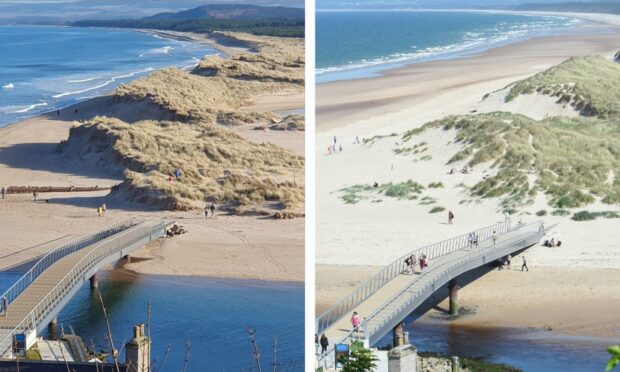
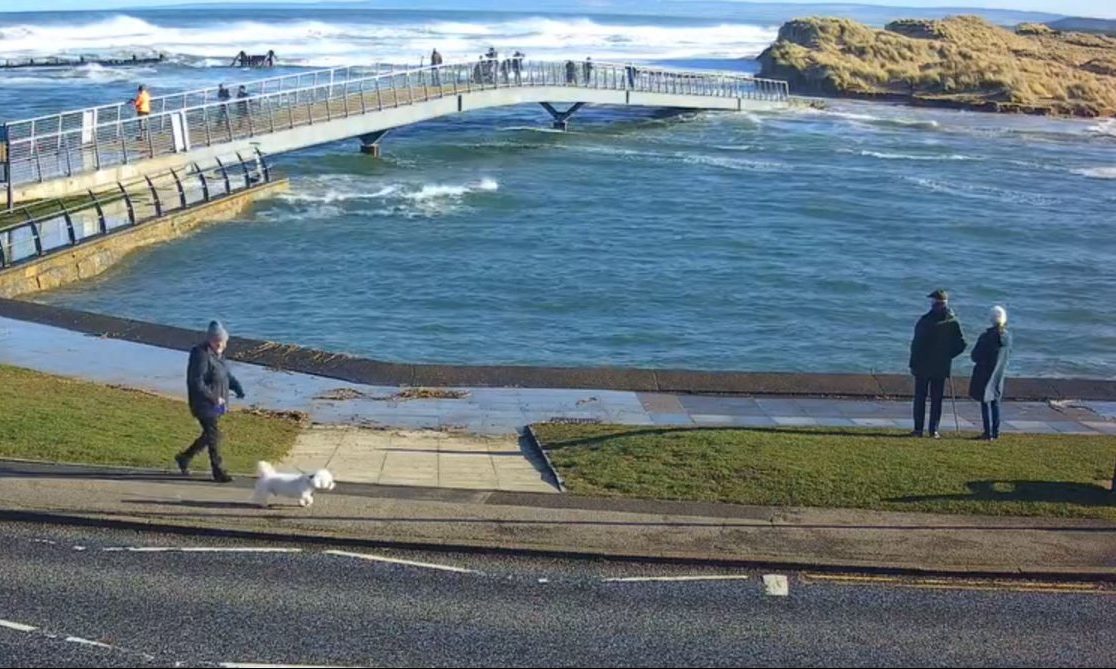
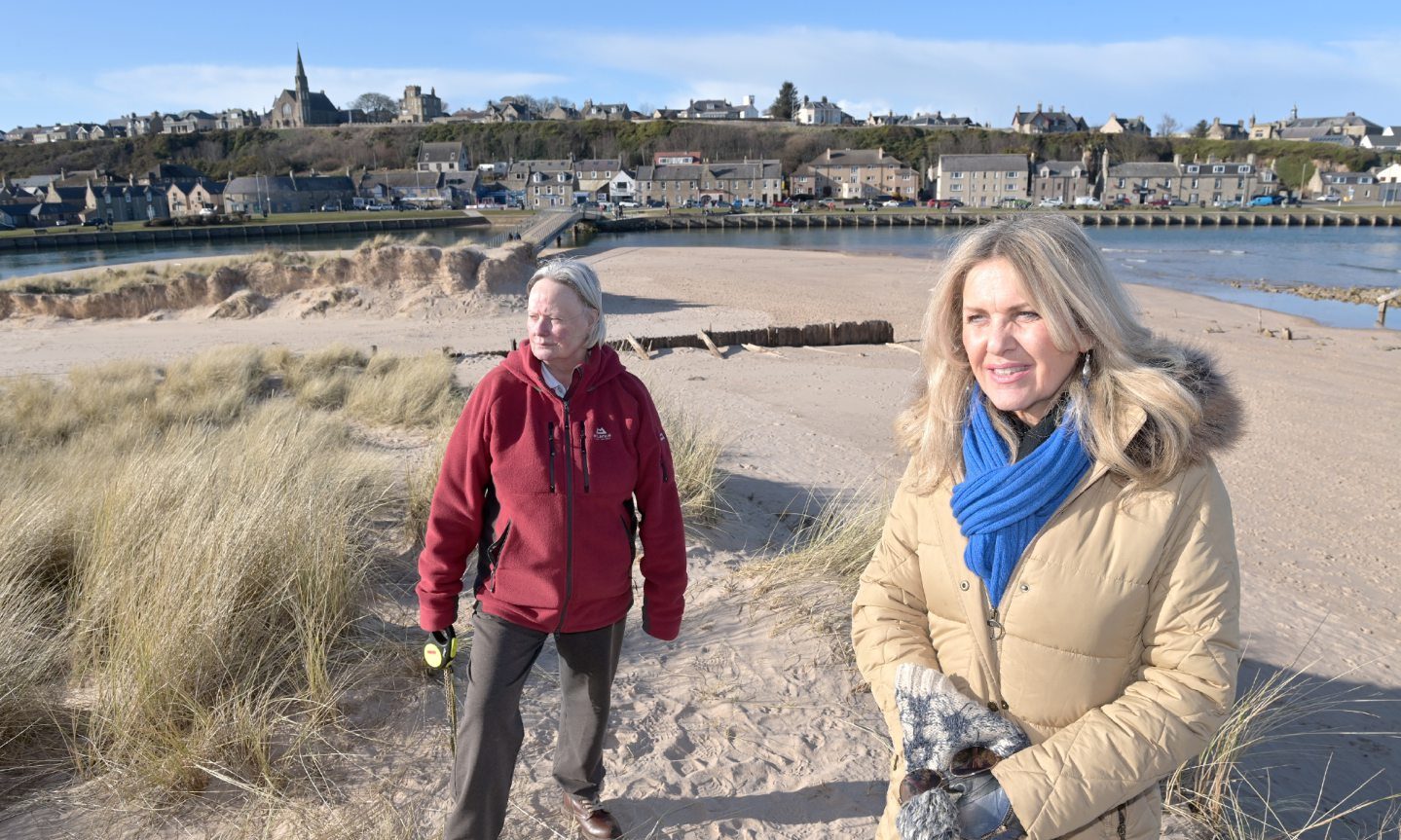
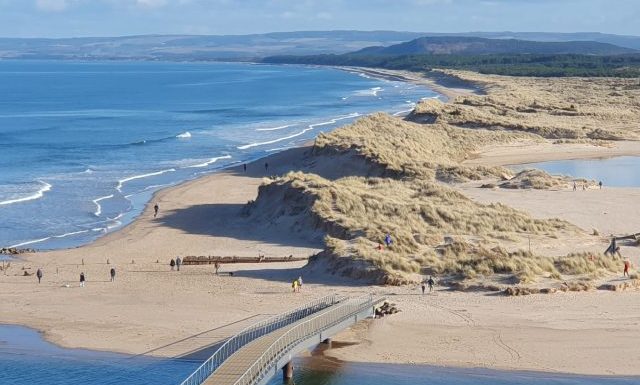
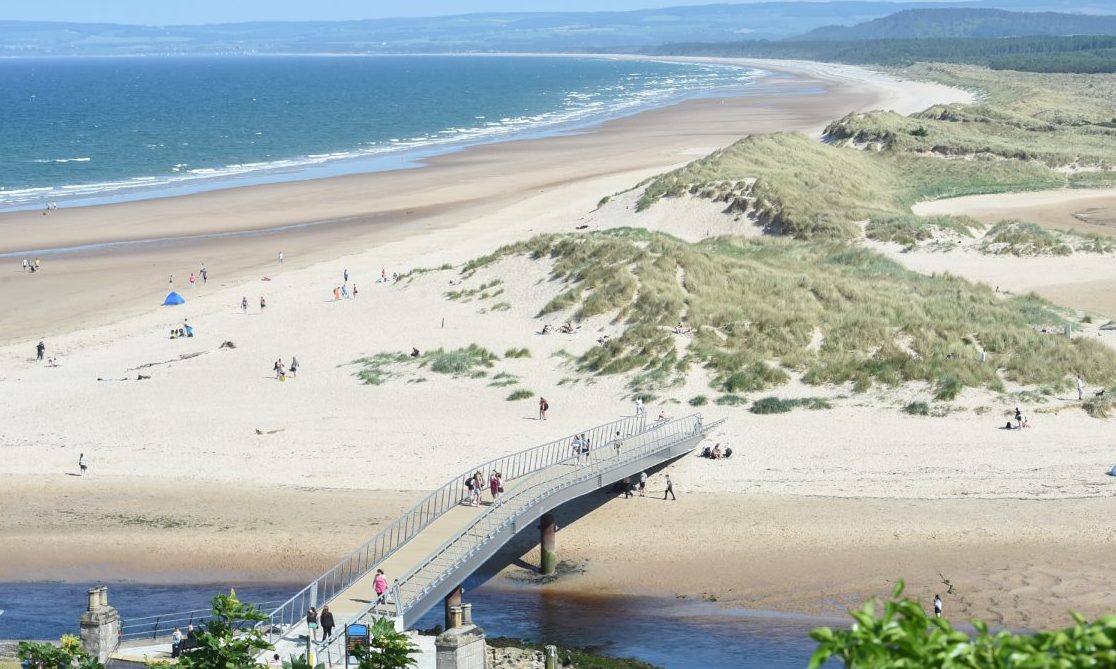
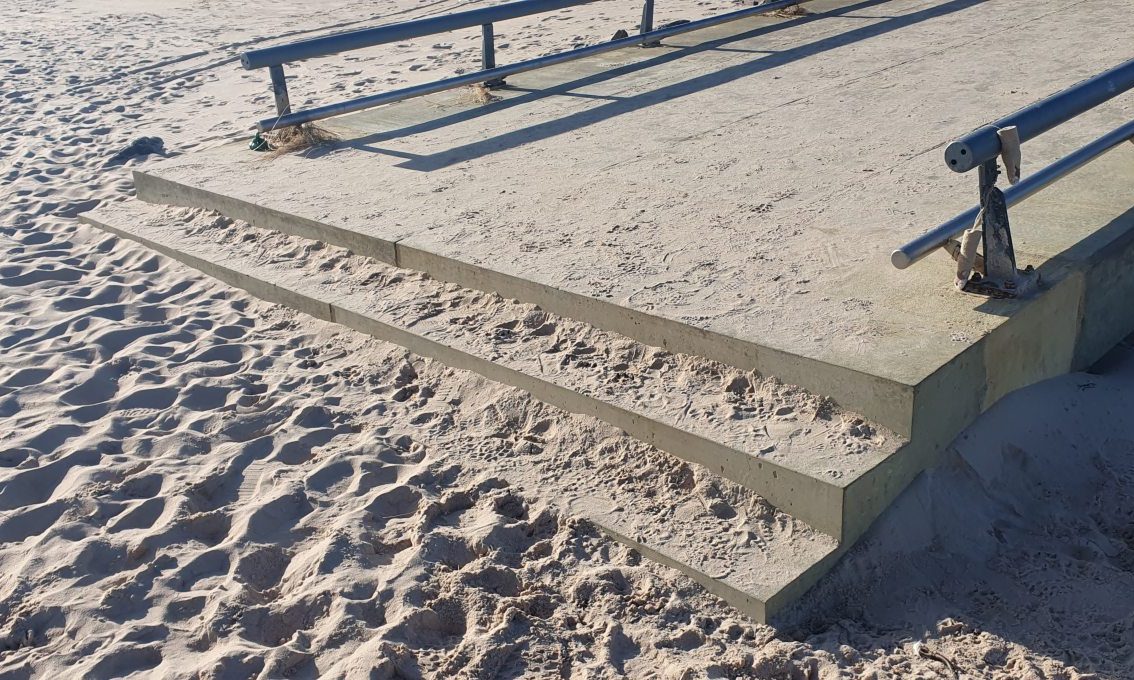
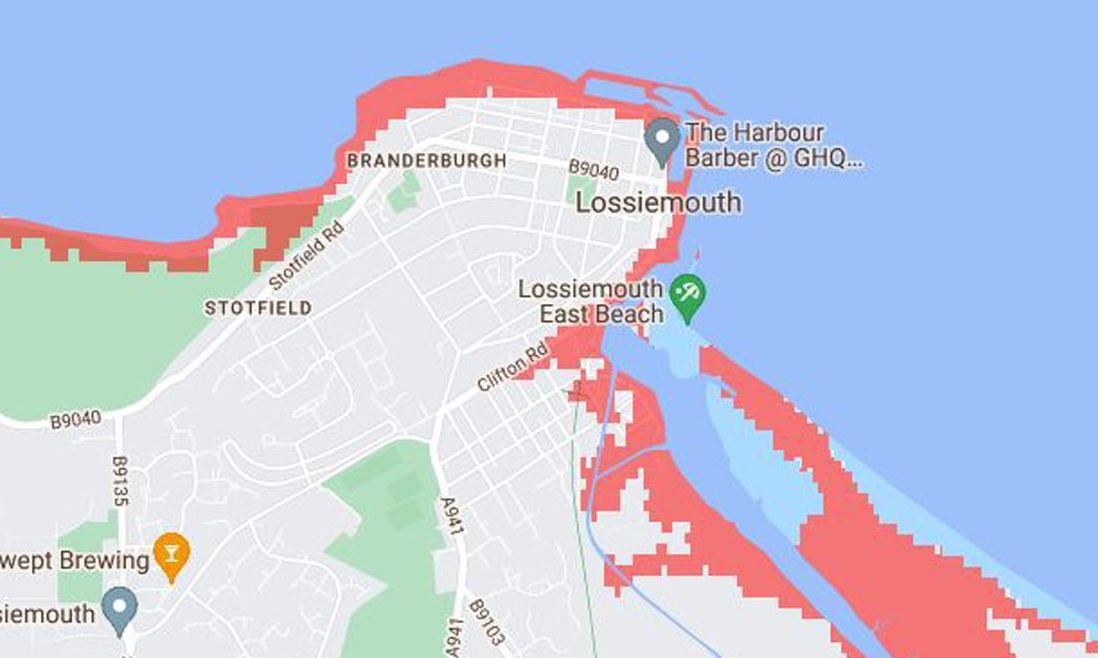
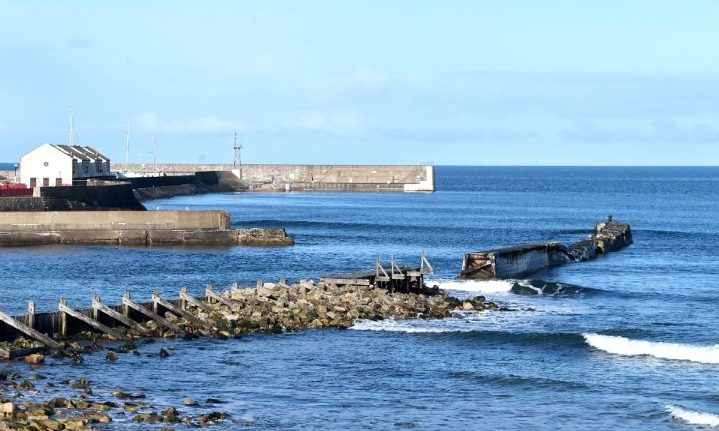
Conversation